About Times of Arrival Estimation for Sources and Buried Objects Localization
DOI: 10.23977/geors.2018.11014 | Downloads: 26 | Views: 4210
Author(s)
Caroline Fossati 1, Salah Bourennane 1, Bastien Rouze 1
Affiliation(s)
1 Aix Marseille Univ, CNRS, Centrale Marseille, Institut Fresnel, Marseille, France
Corresponding Author
Caroline FossatiABSTRACT
Sources localization is an important theme of antenna and signal processing researches since decades. It has a lot of applications for source characterization, which leads to object detection, used in submarine field as well as seismic and remote sensing studies. The particularity of array processing is that we are looking at spatio-temporal vector signals which are generated by both radiating sources or reflected by buried objects and ambient medium. These signals are generally corrupted by an additive noise. When the number of sources is greater than the number of the sensors of the smart antenna system, classical methods become unusable. Recently, a new subspace method called incoherent sensor by sensor processing (ISSP) for estimation of directions of arrival (DOAs) is proposed. It is based on a study sensor by sensor to estimate firstly times of arrival(TOAs), then the DOAs of the sources are estimated. The main drawback of this method is the computational load needed to estimate accurately the DOAs. In this paper, we propose new faster methods thanks to the numerical complexity reduction of the existing algorithms. This last point is important nowadays to make embedded systems faster.
KEYWORDS
Array processing, sources, buried objects, high resolution, acoustics, localization, estimation, times of arrival.CITE THIS PAPER
Caroline Fossati, Salah Bourennane and Bastien Rouze, About Times of Arrival Estimation for Sources and Buried Objects Localization, Geoscience and Remote Sensing (2018) Vol. 1: 28-38.
REFERENCES
[1] R. Schmidt, Multiple emitter location and signal parameter estimation, IEEE Transactions on Antennas and Propagation 34 (3) (1986) 276–280. doi:10.1109/TAP.1986.1143830.
[2] P. Stoica, A. Nehorai, Music, maximum likelihood, and cramer-rao bound, IEEE Transactions on Acoustics, Speech, and Signal Processing 37 (5) (1989) 720-741. doi:10.1109/29.17564.
[3] D. Kundu, Modified music algorithm for estimating doa of signals, Signal Processing 48 (1) (1996) 85 { 90. doi:http://dx.doi.org/10.1016/0165-1684(95)00126-3. URL http://www.sciencedirect.com/science/article/pii/0165168495001263
[4] R. Roy, T. Kailath, Esprit-estimation of signal parameters via rotational invariance techniques, IEEE Transactions on Acous-tics, Speech, and Signal Processing 37 (7) (1989) 984–995. doi:10.1109/29.32276.
[5] P. Stoica, A. Nehorai, Music, maximum likelihood, and cramer-rao bound: further results and comparisons, IEEE Transactions on Acoustics, Speech, and Signal Processing 38 (12) (1990) 2140–2150. doi:10.1109/29.61541.
[6] T. B. Lavate, V. K. Kokate, A. M. Sapkal, Performance analysis of music and esprit doa estimation algorithms for adaptive array smart antenna in mobile communication, in: 2010 Second International Conference on Computer and Network Technology, 2010, pp. 308–311. doi:10.1109/ICCNT.2010.45.
[7] P. Gupta, S. P. Kar, Music and improved music algorithm to estimate direction of arrival, in: 2015 International Conference on Communications and Signal Processing (ICCSP), 2015, pp. 0757–0761. doi:10.1109/ICCSP.2015.7322593.
[8] H. Wang, M. Kaveh, Coherent signal-subspace processing for the detection and estimation of angles of arrival of multiple wide-band sources, IEEE Transactions on Acoustics, Speech, and Signal Processing 33 (4) (1985) 823–831. doi:10.1109/TASSP.1985.1164667.
[9] G. Villemin, Caract´erisation de sources large bande dans le domaine temporel sans contraintes sur le nombre de capteurs, Ph.D. thesis, Institut Fresnel (2013).
[10] C. Fossati, S. Bourennane, G. Villemin, Wide-band source localization based on spatio-temporal structure of data, in: 2015 23rd European Signal Processing Conference (EUSIPCO), 2015, pp. 1376–1380. doi:10.1109/EUSIPCO.2015.7362609.
[11] G. Villemin, C. Fossati, S. Bourennane, Spatio-temporal-based joint range and angle estimation for wideband signals, EURASIP Journal on Advances in Signal Processing 2013 (1) (2013) 131. doi:10.1186/1687-6180-2013-131. URL http://dx.doi.org/10.1186/1687-6180-2013-131
[12] S. Bozinoski, Analyse spatio-temporelle de signaux large-bande en vue de la tomographie acoustique oceanique, Ph.D. thesis, INP Grenoble (1996).
[13] F. Li, R. J. Vaccaro, Unified analysis for doa estimation algorithms in array signal processing, Signal Processing 25 (2) (1991) 147 – 169. doi:http://dx.doi.org/10.1016/0165-1684(91)90060-V. URL http://www.sciencedirect.com/science/article/pii/016516849190060V
[14] A. Gorokhov, Y. Abramovich, J. Bohme, Unified analysis of doa estimation algorithms for covariance matrix transforms, Signal Processing 55 (1) (1996) 107-115. doi:http://dx.doi.org/10.1016/S0165-1684(96)00123-5. URL http://www.sciencedirect.com/science/article/pii/S0165168496001235
[15] A. J. Viterbi, A personal history of the viterbi algorithm, IEEE Signal Processing Magazine 23 (4) (2006) 120-142. doi:10.1109/MSP.2006.1657823.
| Downloads: | 535 |
|---|---|
| Visits: | 54766 |
Sponsors, Associates, and Links
-
International Journal of Geological Resources and Geological Engineering
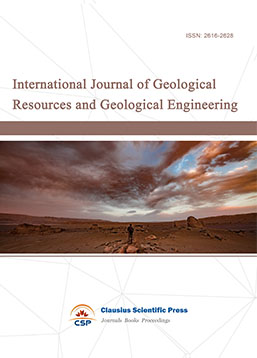
-
Big Geospatial Data and Data Science

-
Solid Earth and Space Physics

-
Environment and Climate Protection
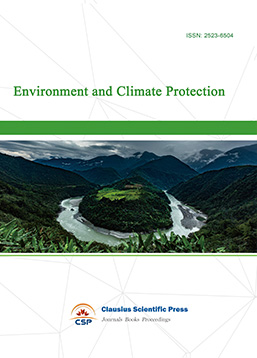
-
Journal of Cartography and Geographic Information Systems

-
Environment, Resource and Ecology Journal
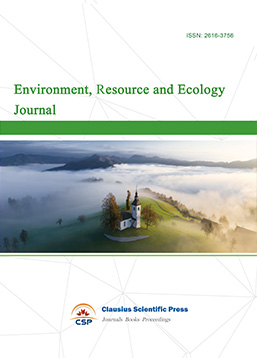
-
Offshore and Polar Engineering

-
Physical and Human Geography
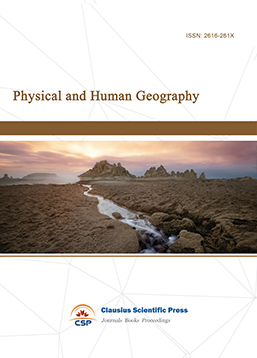
-
Journal of Atmospheric Physics and Atmospheric Environment
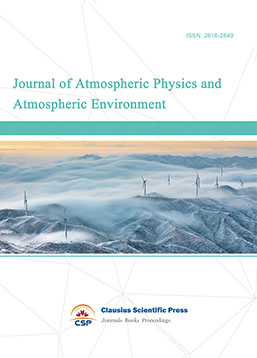
-
Trends in Meteorology

-
Journal of Coastal Engineering Research
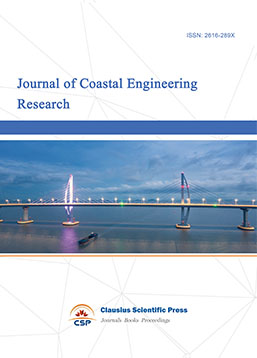
-
Focus on Plant Protection
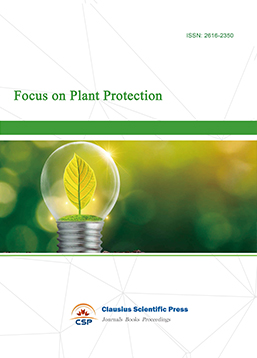
-
Toxicology and Health of Environment
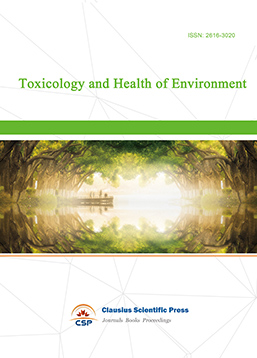
-
Advances in Physical Oceanography

-
Biology, Chemistry, and Geology in Marine
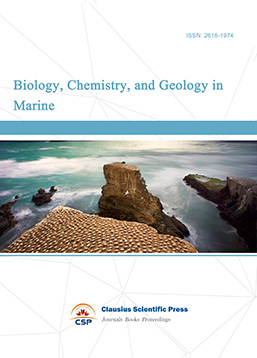
-
Water-Soil, Biological Environment and Energy

-
Geodesy and Geophysics

-
Journal of Structural and Quaternary Geology
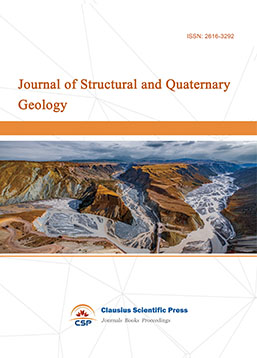
-
Journal of Sedimentary Geology

-
International Journal of Polar Social Research and Review


 Download as PDF
Download as PDF